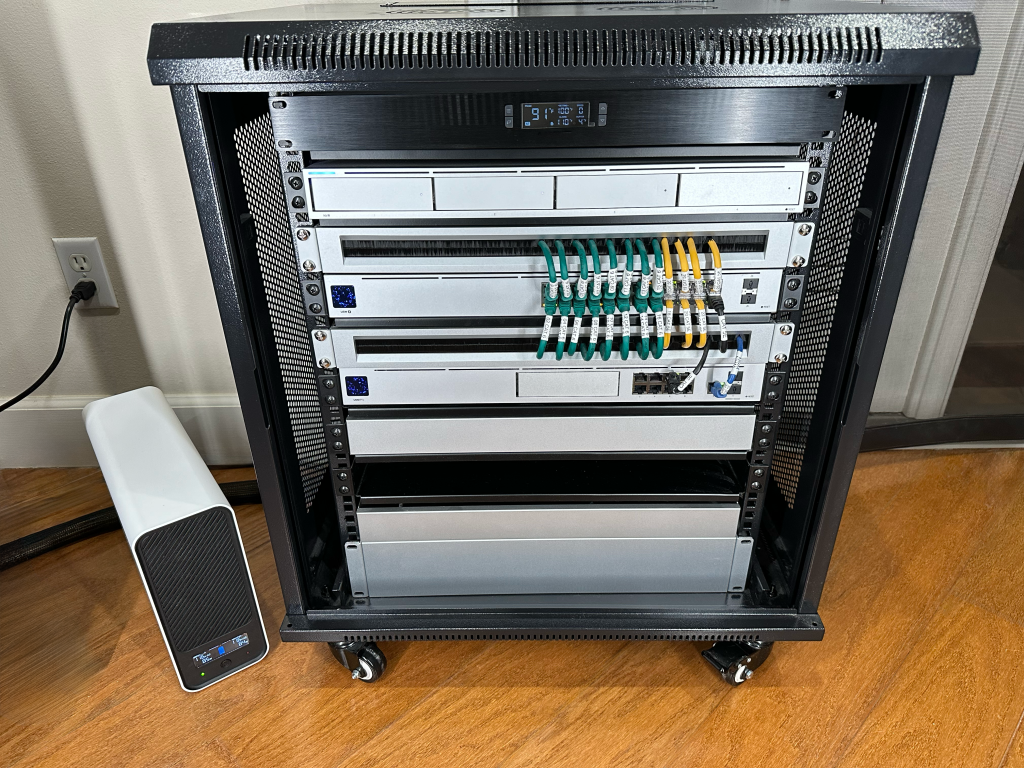
Keep your network working!
Power outages in the United States have become just like the rest of the world.
We can no longer stick our heads in the sand and assume utility-supplied electrical power is a given.
Over the past few years, and especially in the last year, we have been able to commiserate with our international friends having to plan and deal with power outages and electrical power problems.
There are many reasons for this including technical (our aging power grid), political (inability to tax and spend some now instead of a lot later), and societal (desires for eliminating or reducing fossil fuels, the unpredictable nature of solar and wind energy, and the fear of re-embracing nuclear power generation).
Power outages are now not a matter of if, but when.
Don’t Panic
All is not lost. It is not gloom and doom.
The good news is there are lots of proven solutions for improving and supplying electrical power during outages and a whole range of new products coming to market.
Now is a good time to face the music and begin planning and implementing power solutions appropriate for your budget and needs.
A guide to UPS systems
A great place to start is learning about uninterruptible power supply systems (UPS) and how you might be able to use them.
I’ve just spent the fast few months diving deep into this topic learning as much as I can about UPS and other power technologies and the products available.
If you are impatient, you can watch the YouTube video I just published here: https://difm.us/hanl228ups
The How and Why of UPS Systems
My script (written text) for the information presented in this new video is very long.
I feel like a victim of that famous quote “If I had more time, I would have written a shorter one”.
Rather than repeating a long and verbose detailed explanation here, as an alternative, I’m including only the key points summarized in an outline style for a quick read that is hopefully also very informative.
UPS Systems
Why – To keep power and home networks running during power failures
How – Use some kind of backup power – generator, UPS, or whole-home power center.
Types of UPS – Stand-by mode, Line-interactive. Double-conversion online.
Key UPS Features – Output ports, replaceable batteries, USB or RS-232 software, run-time, product-life, power conditioning, pure sine-wave electrical waveform
Planning – Capacity, devices to be protected, measured power requirements or specs
Sizing – Electrical lingo: volts, amps, watts, volt amps, power factor
Installation – Physical location, wiring considerations
Deployment – Testing, testing, testing
What I am using
As part of doing the research and testing for this video, I graciously received review units from GoldenMate Products for two of their GoldenMate 1000 UPS Battery Backup Systems.
These are 1000 VA units that use the newest lithium-iron phosphate rechargeable battery technology instead of traditional lead-acid batteries or lithium-ion cells.
These battery packs are rated for 5,000 cycles and can last up to 10 years without replacement.
They have been working great.
Interested in the GoldenMate UPS?
Explore all the product features and use the discount code J10D69VE for extra savings at GoldenMate website.
What do you think?
Do you currently use any kind of backup power system?
